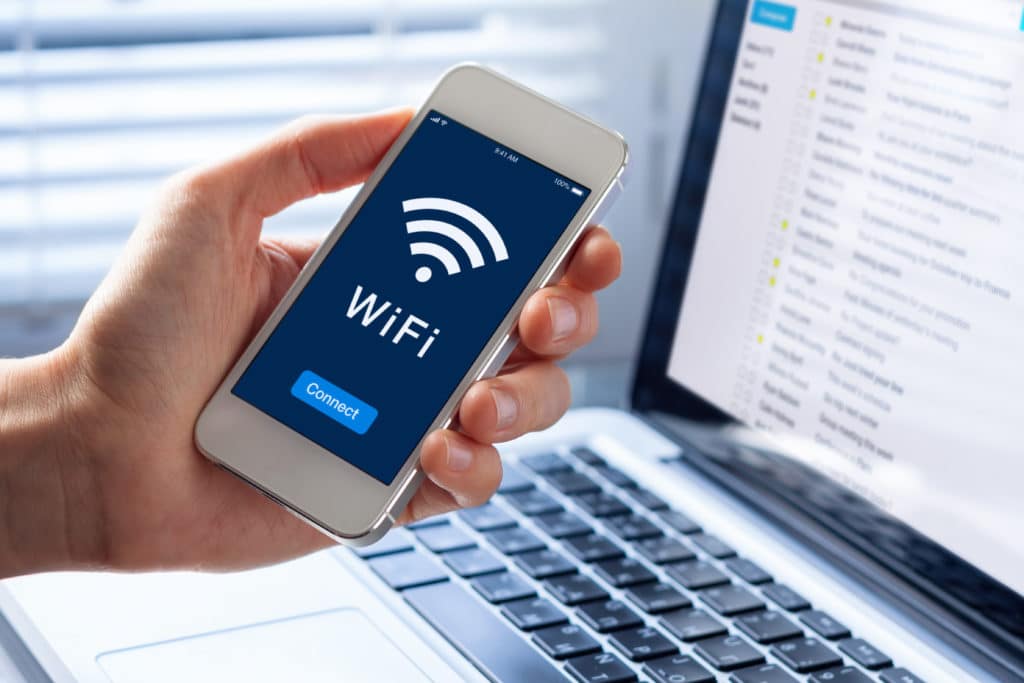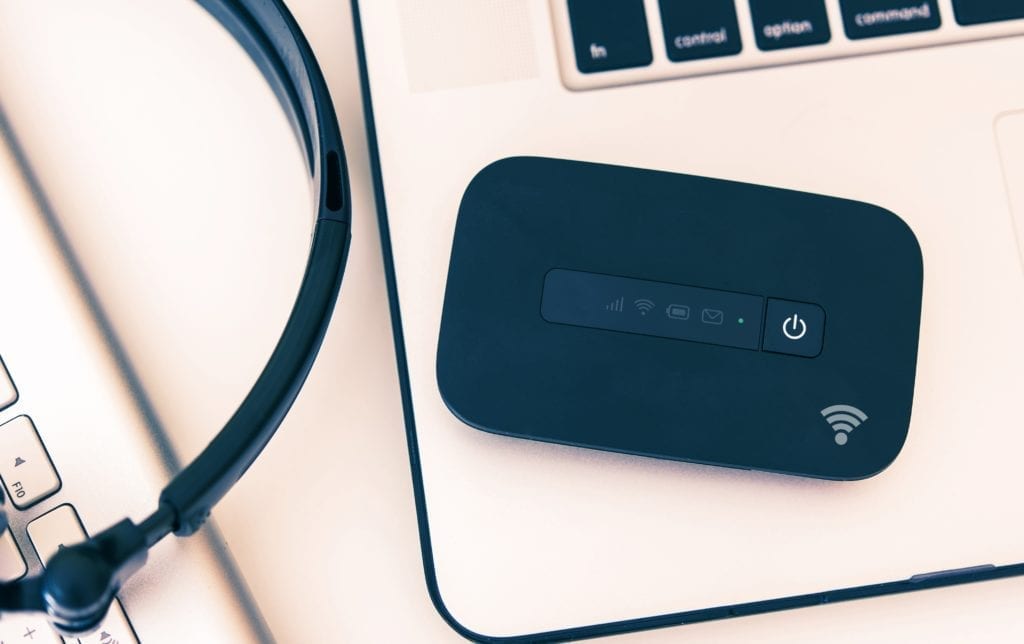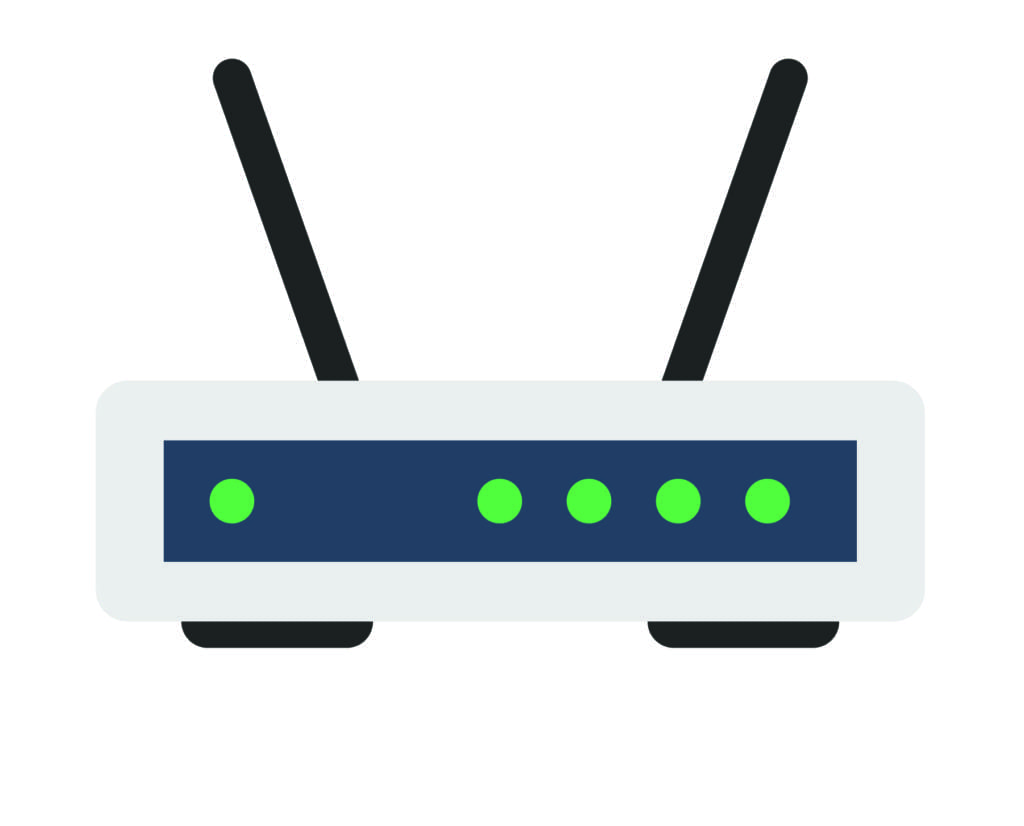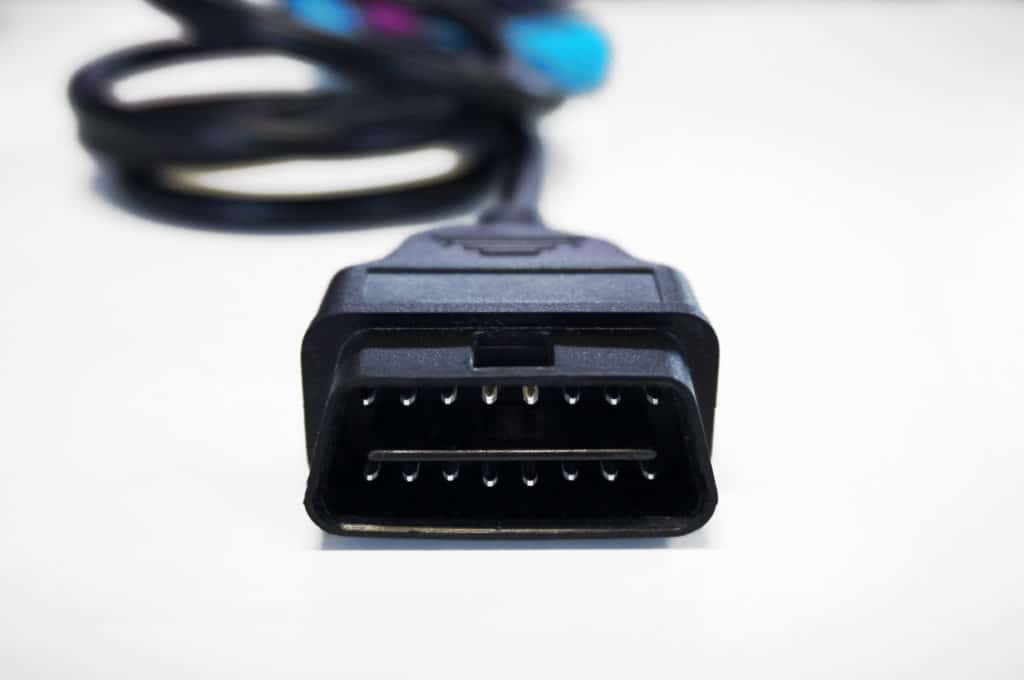Home > Learn > How To's > How to get WiFi in Your Car
To the list of life's essentials – water, food, heat, shelter – we should probably add WiFi. WiFi lets us get on the internet easily and cheaply. That means access to news, social media and email as well as video, music, maps and just about anything else we need.
Today we expect to find WiFi in coffee shops, hotels and airports, at work and in our friend's apartments. Even some campgrounds have WiFi! In fact about the only places without it are your car, truck and boat. Yes, your cellphone can keep you connected, but there are times when it's better to use a WiFi hotspot to bring internet to your car.
If you're in the market for a new car you'll find many offer in-car WiFi. Fortunately for the rest of us, there are some other options. Here we're going to look at:
- Why you need WiFi in your car
- The perils of public WiFi
- The “hotspot” concept
- 3 ways of creating a WiFi hotspot
Why you need WiFi in your car
Most likely you have a data plan with your cellphone. That lets you get on the internet, send and receive emails, listen to internet radio and so on, but there are two issues. First, unless you have unlimited data, (a costly option on many plans,) you're going to soon hit your limit. And second, there are probably other devices you want to get online. Let's explore this last point further.
If work takes you away from your office you may need to get online with your laptop. (Spreadsheets and drawing files are awfully hard to work with on a phone.) In addition, you may want to use a virtual private network (VPN) to access files on company servers.
Another device you might want to connect is a tablet. Maybe you're a movie fan or perhaps there's a particular game you're desperate to watch. And before you argue that you can't watch if you're driving, what about your passengers?
A big benefit of in-car WiFi is that everyone can get online. If you're on a family road trip, your spouse and kids can keep up with their favorite shows. Alternatively, if the team is taking a business trip together, WiFi lets them work and even collaborate while on the road.
Then there's gaming. Yes, people like to game from their cars. And don't overlook the needs of the family in an RV: they're all entitled to a little “me” time, and if that means playing Fortnite, well WiFi will make it possible.
Last, consider other WiFi devices you might want to connect. One you may have overlooked is the dashcam. Many now come with WiFi capabilities for easy transfer of files.
The perils of public WiFi
Many internet users hang out in coffee shops and hotel lobbies for free WiFi. One negative of this “freeloading” approach is that you are expected to buy something. Another is that if your work takes you into rural areas such places may be hard to find.
An often overlooked concern with public WiFi is, or should be, security. Can you be sure no one else is accessing your confidential information? Perhaps it's no big deal if you're only using social media but what if you want to make bank transactions? Are you willing to take that risk?
The “hotspot” concept
You get WiFi in your car or on your boat by creating a WiFi hotspot. Before we get into the detail of how you do that it's worth taking a moment to explain what a hotspot is.
A hotspot is like an invisible hub where people can gather to connect. When you get onto the internet by using the WiFi in a Starbucks you're using a hotspot. It's actually not very different to the wireless router and cable modem you probably use at home. And like your home system, it is more secure than a public network.
One issue to note is that the outgoing connection has a finite amount of bandwidth. That's why, when you try to use a hotspot at busy times you've probably found the connection speeds are annoyingly slow.
In Starbucks the internet connection is almost certainly made by cable. In contrast, when you set up a WiFi hotspot in your car you use a cellular signal for the connection. The modern 4G networks are very fast with download speeds of up to 12 Megabits per second (Mbps). A typical song could be 7 Megabytes in size, which is 56 Megabits, so it would take about five seconds to download. Most cable internet connections, especially those made with the latest fiber-optic cable technology, are quite a bit faster.
Why does this matter? Well if you have four connected people in the car 12 Mbps is probably fast enough, but imagine if you're kitting out a full-size van. If 10 passengers want to go online at the same time they're going to find the connection rather slow.
3 ways of creating a WiFi hotspot
If you've read this far you probably see the value in creating a WiFi hotspot in your car or on your boat. Now let's talk about how to make that happen. The options you have are:
- Make your phone a WiFi hotspot
- Set up a mobile WiFi hotspot
- Install a wireless router
- Use the OBD II port
Make your phone a WiFi hotspot

Just about every cellphone has an option to enable a personal or WiFi hotspot. It's very easy and often a good choice if you need to set something up quickly. However, it's not the best long term solution. We'll explain why in just a moment, but first let's talk about how to do it.
On an iPhone go to ‘Settings – Personal Hotspot' and move the slider right to turn the function on. You'll notice the phone gives you the name of the network it's creating and an access password. Incidentally, these are changeable, so you could for instance duplicate the name and password you use at home.
On Android phones the choices depend on the model of phone and operating system version. Poke around though and you'll find similar options to those offered on iPhones.
So why isn't this a good long-term solution?
First, it's using your phone's data plan. Apple let up to five users connect to a hotspot you create, and they could be using a lot of data. With an Android phone you can connect up to 10 devices, so that's even more data!
If you have unlimited data, why worry? Well the cellphone companies feel this is rather taking advantage. They call it “tethering” and many plans either don't allow it or restrict the amount of data you can transfer this way. They'll let you transfer a few gig of data but beyond that, while they won't cut you off you'll find your data rate slows dramatically.
The second issue is that using your phone this way drains the battery quickly. Sure, you can plug it in to charge (providing there's an outlet within reach,) but then it's not quite so useful as a mobile device.
Set up a mobile WiFi hotspot

If you need more than a few minutes of WiFi hotspot capability – perhaps you have a mobile office or work out of your truck – this is the way to go. Just buy a good mobile hotspot device and away you go.
Okay, it's a little more complicated than that, but not much. Let's explain.
A mobile hotspot device is a small WiFi router with a cellular connection. That means it uses data, but not from your cellphone plan. Instead, it has its own service. Depending on the device you buy, you can either pay a monthly fee or adopt the ‘pay-as-you-go' approach. The latter might be ideal if you just want to stay in touch while on a camping trip while the monthly plan could be more appropriate for the mobile worker.
If you're going the mobile hotspot route to on-the-go WiFi there are three different approaches you can take.
- Talk to your cellphone service provider. Most, if not all, can set you up with a mobile router and may even be able to bill you through your existing plan. However, these devices can work out quite expensive, which leads us to option 2.
- Do a little research and buy the best mobile hotspot device you can find. This keeps you independent from your cellphone provider and offers lots of payment and data volume options. The devices themselves are very small, which makes them easy to put in a car. You will however need to supply electrical power, either through the car's electrical outlet (a.k.a. ‘cigarette lighter',) or a USB port.
- The lowest cost option is to buy the kind of mobile router designed to plug into the USB port on a laptop. These look like USB flash drives or memory sticks, but have a cover that lifts up to reveal a place for a SIM card. You'll need to buy one of those, but of course that gives you the freedom to buy the data volume you want. Slide the SIM card into the router and plug it into a laptop to set up the WiFi network. Then plug it into the USB port in your car, and away you go!
This approach seems cheap and easy but does have some downsides. You're not buying a device designed for in-car use. That means it may not have the durability to withstand high temperatures or vibration. It also may not provide the signal strength, quality or range of the best mobile hotspot devices.
Install a wireless router

The WiFi in your home uses a cable modem and a wireless router. You can adopt the same approach in a vehicle: permanently install a robust wireless router system. You will also need to set up some kind of data plan. It should give you the best connectivity but installation is not a DIY job, which makes it expensive. (And what happens when you sell the vehicle?)
This is a good approach for businesses with vehicles that need configuring for mobile connectivity. However, for the more casual user it's probably overkill.
Use the OBD II port

Every vehicle built in the last 20+ years has an Onboard Diagnostics 2 (OBD II) port tucked under the dash. This is where a technician can connect a device that reads data from the engine and transmission management systems.
There is a specialized form of wireless router that plugs into this port. In addition to providing WiFi, it enables capture and transfer of data relating to how the vehicle is being driven. Like the wireless router approach, this solution isn't aimed at the casual WiFi user. We’ve included it here for completeness.
Indispensable technology
WiFi is pretty much ubiquitous for getting online: about the only place you can't get connected is from your car, RV or boat. Mobile WiFI solutions exist to remedy that problem. While there are several different approaches we recommend buying the best mobile hotspot device you can find and putting that work. Once you've been connected you won't want to be without!
